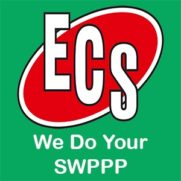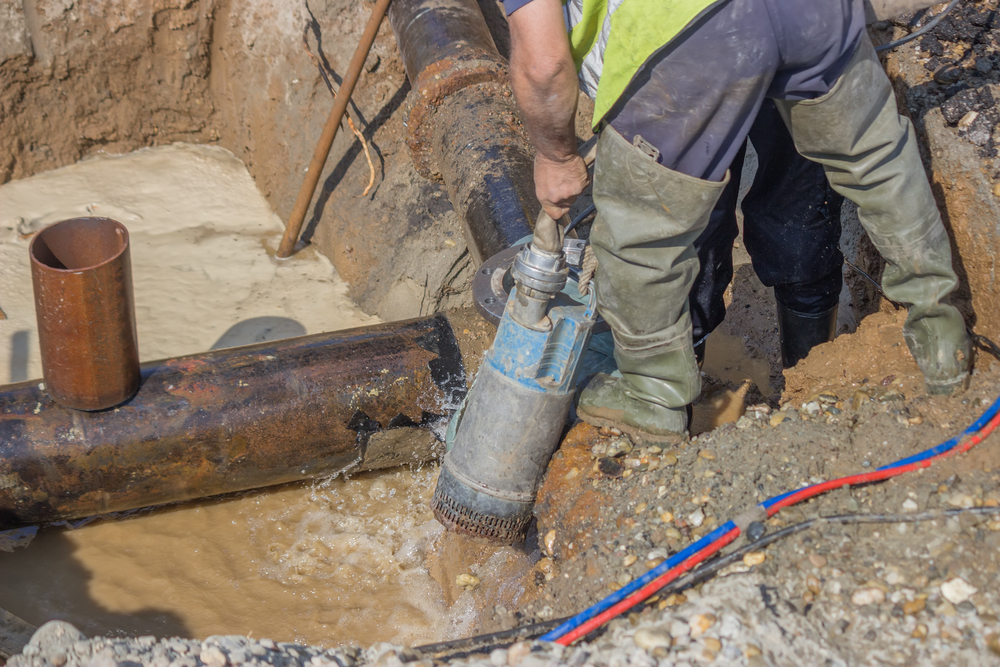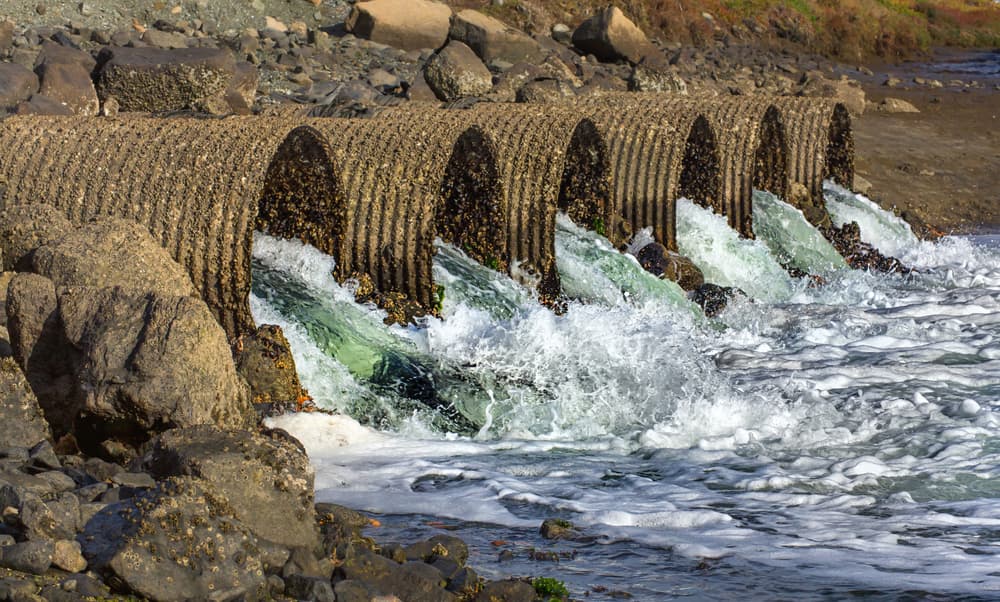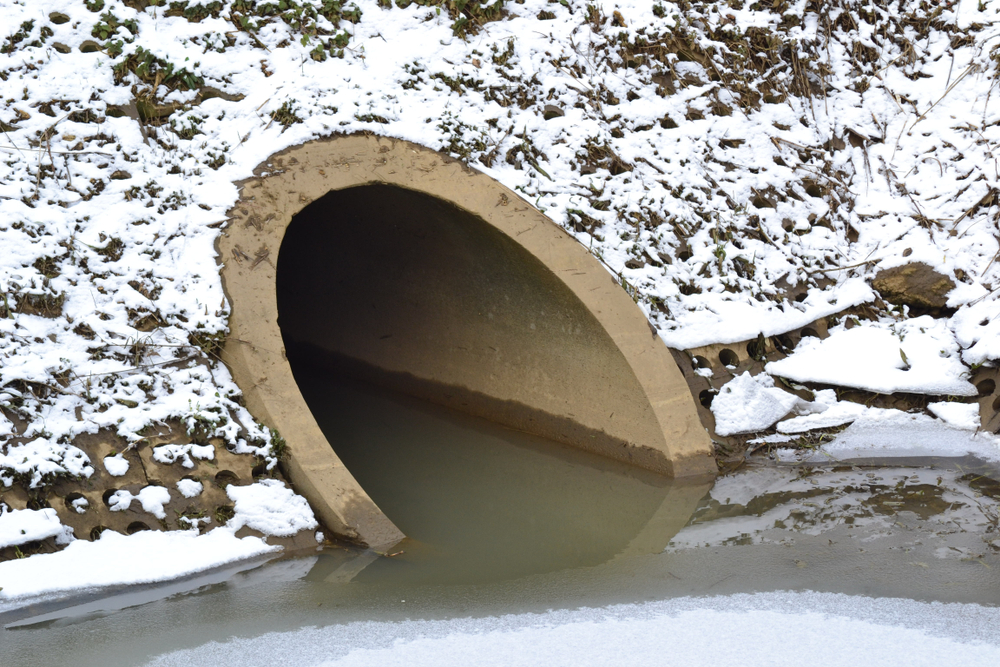Whether it’s agricultural applications, residential neighborhoods, or construction on Utah’s roadways, erosion control is essential to protect hillsides from giving way over time. Erosion blankets are a viable option for many different applications, and if you’re considering one for your needs, here are a few things you should know before you get started.
(1) Choosing the Right Materials
Erosion control blankets (ECBs) are large woven blankets made of either natural fibers, such as straw or coconut, synthetic fibers, such as polypropylene, or some mixture of the two. First identifying exactly what you need from your blanket can help you to know which of these options is going to work best in your situation.
(2) Length of Time for ECBs Matters
For the most part, erosion control blankets can be sorted into three groups:
- Short-term ECBs – these blankets are intended for short-term or intermittent applications (3 to 12 months), such as temporarily covering areas that might not be used for several weeks—too long to leave it without cover at all, but too short of a time for other plants and vegetation to take hold. These blankets provide water and wind erosion protection with natural fibers such as straw or coconut, and are designed to degrade quickly.
- Long-term ECBs – for some longer-term needs (12 to 24 months), you can cover the area in a degradable erosion blanket that will provide cover and erosion control long enough for permanent vegetation to grow on the slope. These blankets are generally applied with stakes at regular intervals and allow vegetation to grow through and eventually overtake the blanket. By the time this occurs, the ECB has eroded entirely.
- Permanent ECBs – when your erosion control needs are going to take 36 months or more, a “permanent” blanket is the best option. While these blankets are still usually made of natural fibers that degrade over time, they are constructed to last much longer, with more durable materials and/or multiple layers of netting and fibers.
(3) Knowing When ECBs Aren’t the Best Option
ECBs are a great option to slow water runoff and control erosion in places like hillsides, riverbanks, ditch linings, slopes, and other areas. However, they are not applicable in every situation. Steep slopes, areas with very high water volume control needs, areas where the goal is retention with controlled water discharge, or areas where you need a stronger level of pollution control would be better suited to other erosion and pollution control materials. To find out more about available erosion control blankets, and whether it’s the best option for your erosion control needs in Utah, contact us today.



